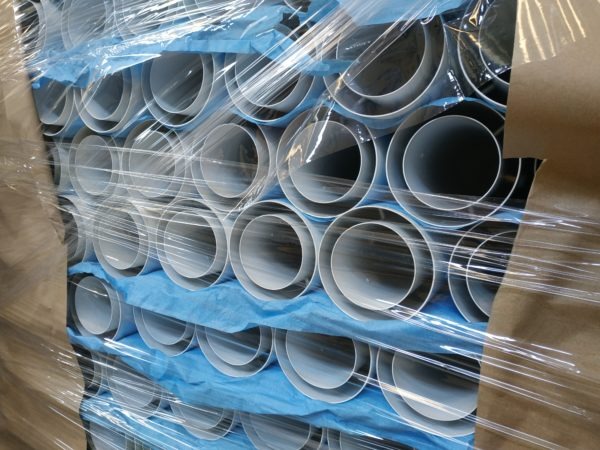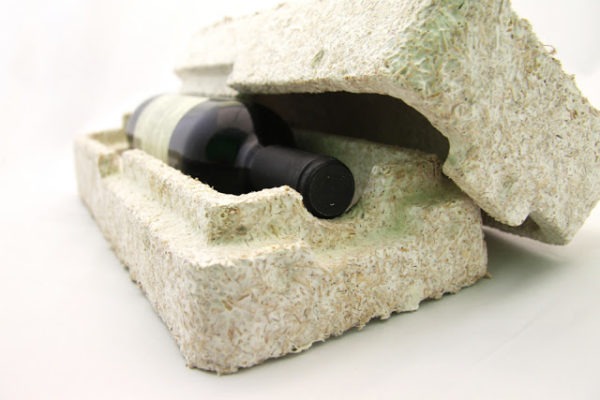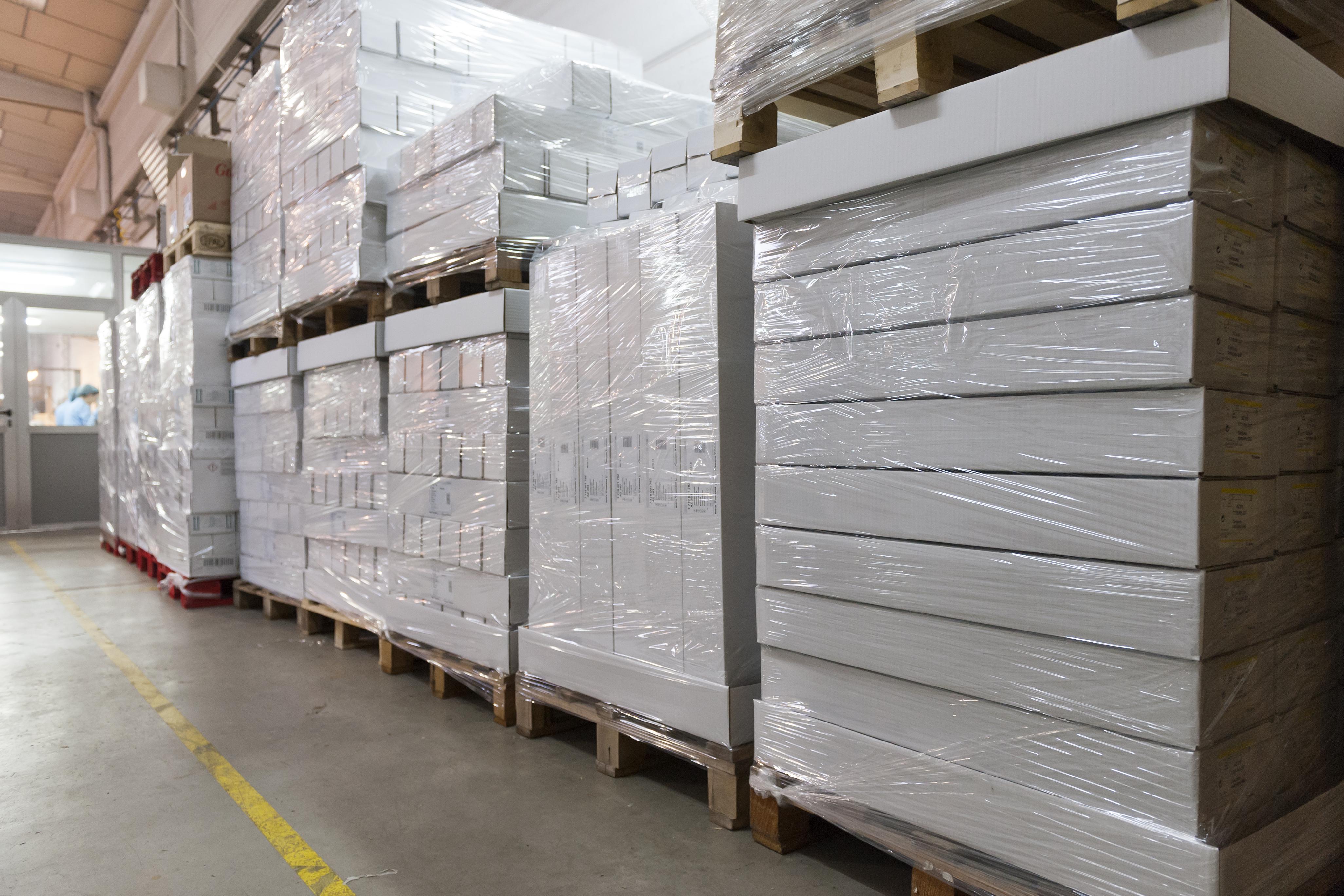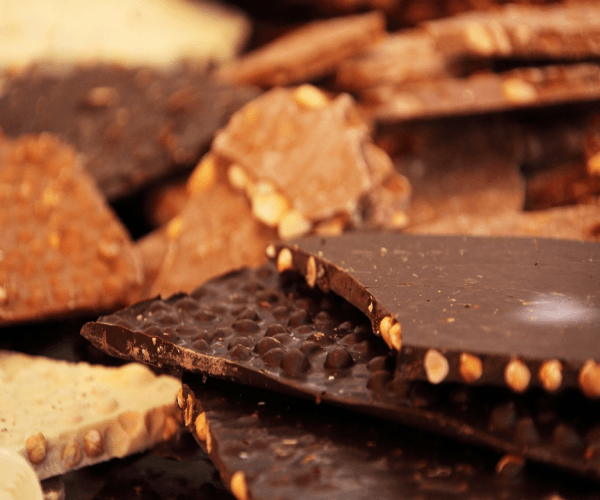Filtext company that recommends the use of eco-responsible packaging materials.
The commitment to the expansion of the use of ecological packaging materials, one of the pillars of Filtext.
One of the services we offer from Filtext is the labeling and packaging of any type of product that our client gives us.

So far, most companies and end users accept and have as something very normalized to receive their packages with technological products, fragile etcetera … which includes foam and poliespán or, more commonly known as white cork.
What many are unaware of is that these packaging materials are extremely polluting and take thousands of years to completely degrade.
Why use eco-friendly packaging materials?
It is not a novelty that the human race has been exploiting natural resources and raw materials unchecked for some time. This behavior has implied an increase of the contamination, the decrease of the raw materials for not allowing its complete regeneration and so on …
Thus, the use of ecological packaging materials helps to reduce waste, limit the use of raw materials and offer the possibility of extending the life of different materials thanks to recycling.
While it is true that there is a widespread belief that the purchase of these materials is more expensive, the reality is that today you can find companies specialized in offering this type of materials, high quality and with very competitive prices. So, there is no excuse!
- Rajapack >> discover your eco products!
- Ratioform >> discover your eco products!
- Transpackgroup >> manufacturers specialized in packaging for food.
NEW ECORESPONSIBLE PACKAGING MATERIAL:
Thanks to the involvement of so many professionals, there are companies such as Ecovative ecological design company that work to improve this situation and the integration of eco-responsible packaging materials.
This company has created a material that, while protecting the precious electronic devices from bumps and breakdowns in transport, is biodegradable.

source: behind the tasting bar
This material is called EcoCradle i is a 100% degradable container. What does that mean? Well, after its use, it can be quietly thrown away and composted or used for private use in gardens and pots as fertilizer.
The grace of this material lies in how it was created. It is made with agricultural residues such as rice husks and cotton burrs. Later they are treated with an original fungus of the roots of the mushrooms.

This company does not stay here, its commitment covers the process of manufacturing it, without much energy, until the purchase of local or local raw materials, reducing pollution and transport costs.
Thanks to all the research and interest of companies and professionals in the sector, business eco-praxis has more and more followers and a greater awareness among end users. That is why Filtext considers it essential to contribute its bit to help disseminate both the progress on this issue and the idea itself.
To request information about Filtext packaging and labeling, do not hesitate to contact us!








